It recounts memories of some 40 or 45 years earlier about certain Tyneside wooden waggonways and the early steam locomotives operating on the Wylam Waggonway.
The author is unnamed but clearly had a close connection and interest in the events taking place around him. It is possible that the newspaper is merely recycling an article previously published in a more local journal but if so I have yet to discover the original source.

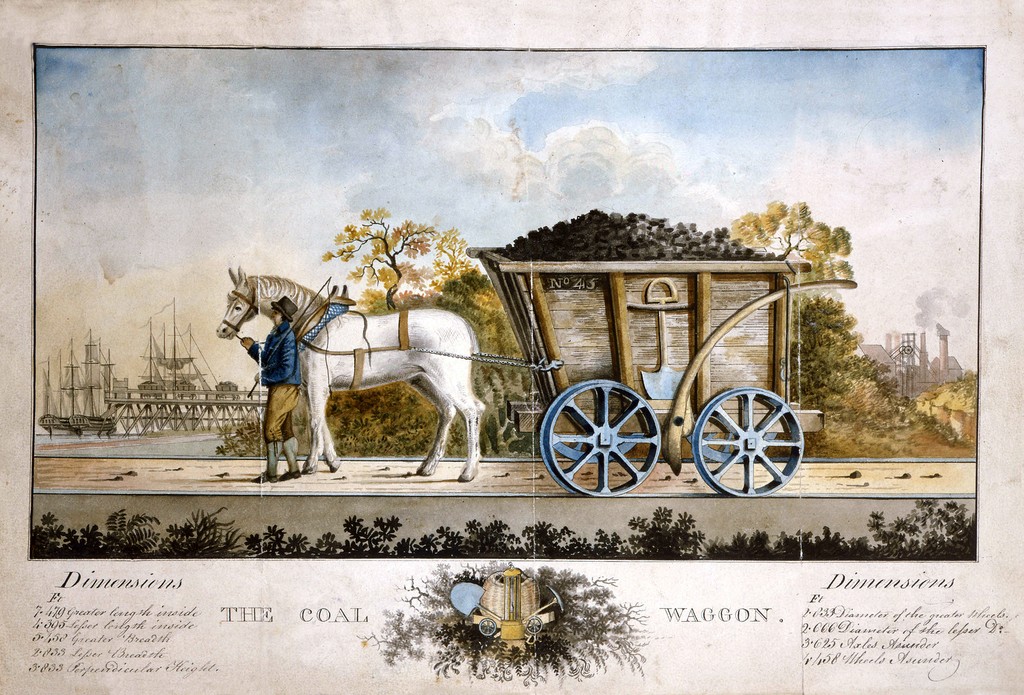
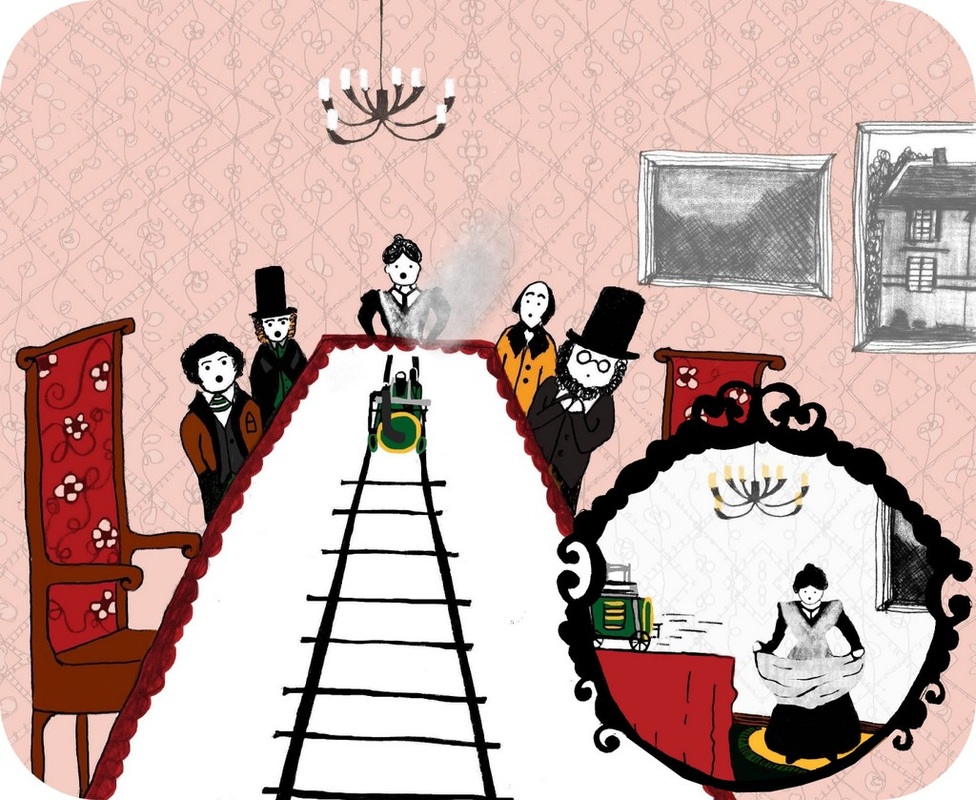
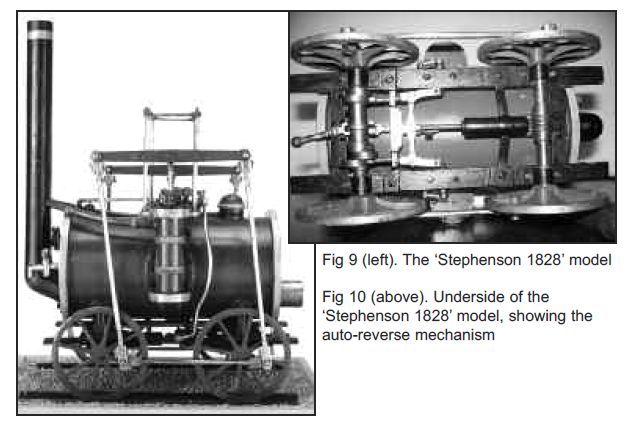

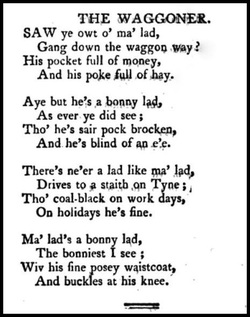
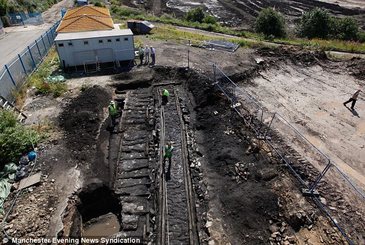
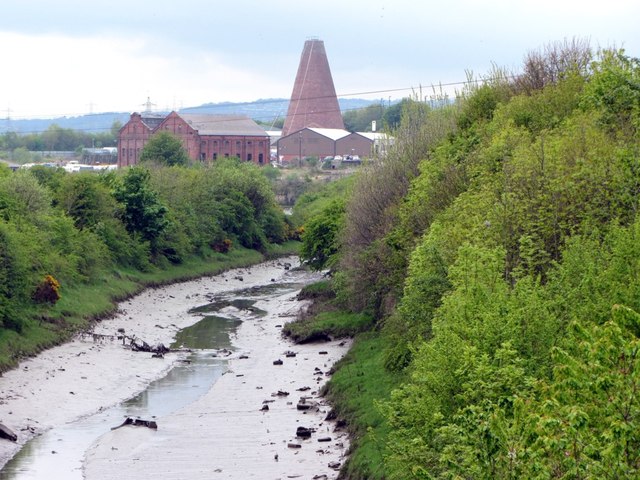
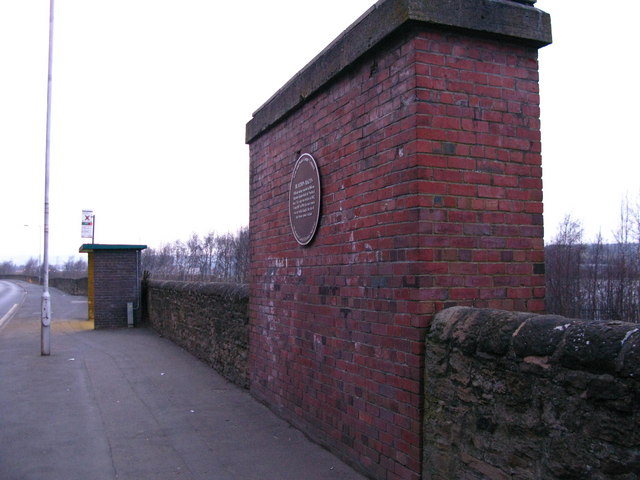
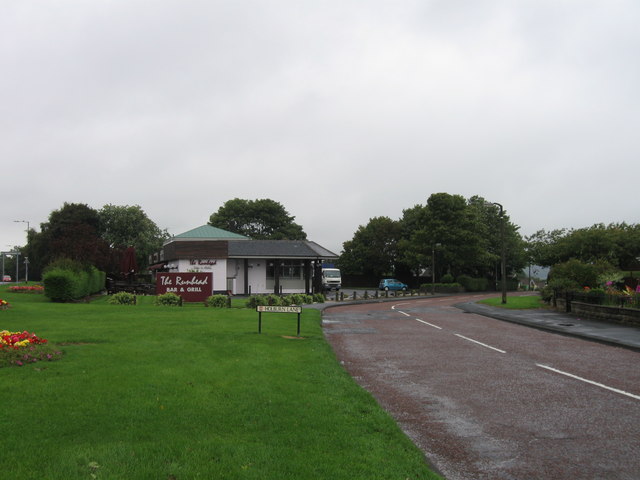
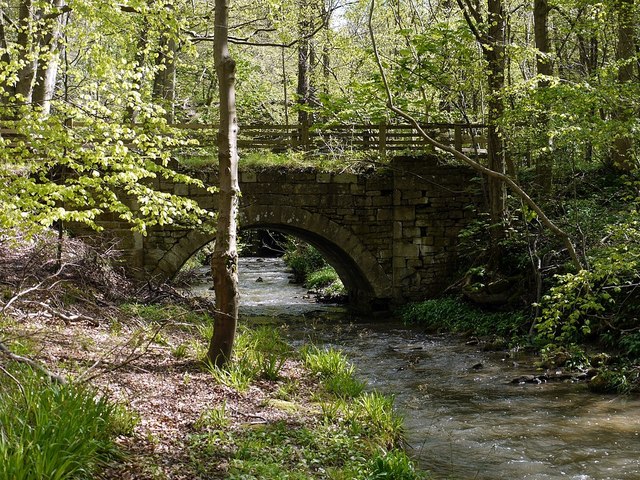
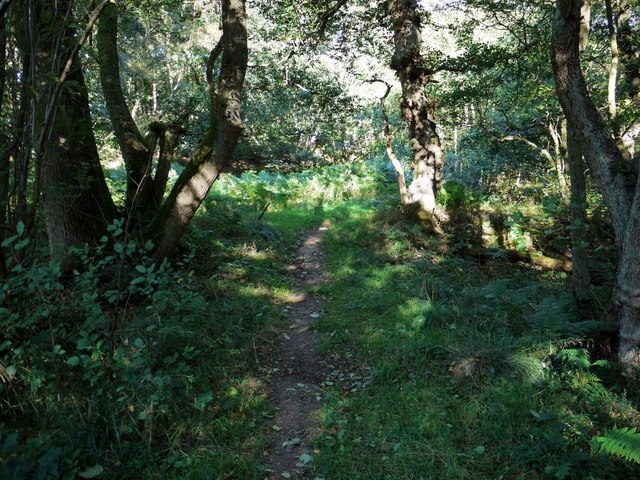
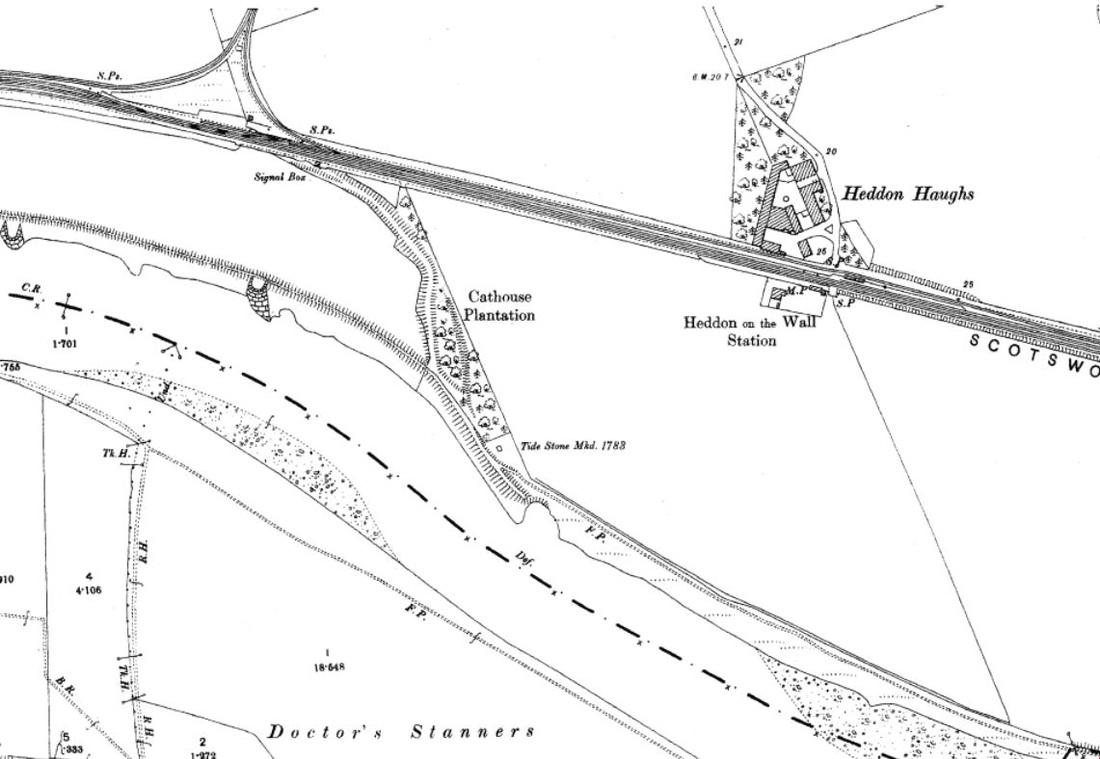

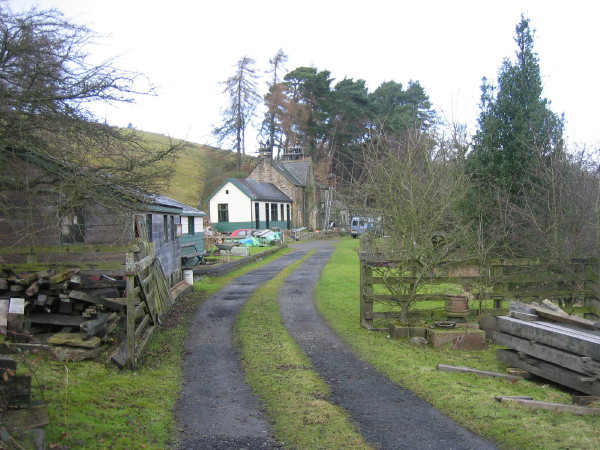
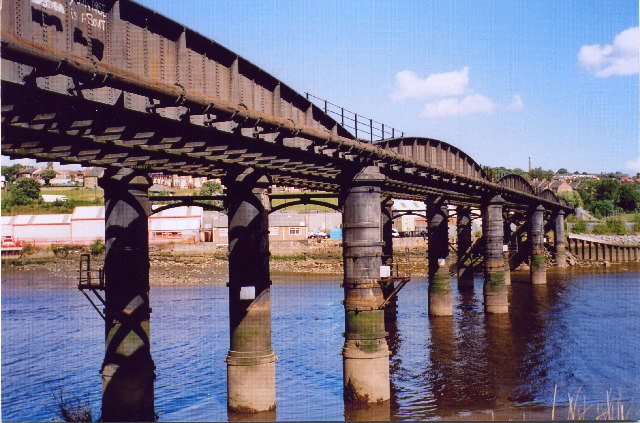
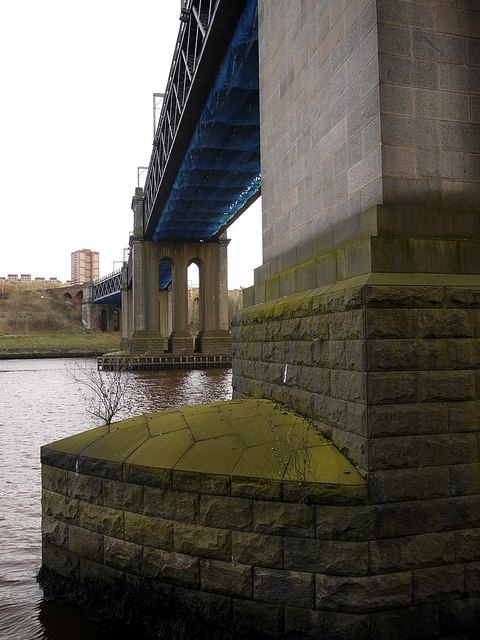
 RSS Feed
RSS Feed
